< Geri dönün
Assurlular Dicle’den Toroslar’a Tanrı Assur’un Krallığı
Yayınevi: Yapı Kredi Yayınları
ISBN: 9789750843051
95,00 TL (KDV Dahil)
Kargoya verilme süresi: 1 - 5 İş Günü
Ürün tükenmiştir!
Ürün temini hakkında bizimle iletişime geçebilirsiniz.
Yazar: Kemalettin Köroğlu, Selim Ferruh Adalı
Cilt tipi: Karton Kapak
Assur kenti ve adını bu kentten alan krallık, MÖ 2. binyılın başlarında Kuzey Irak’ta, Dicle Nehri kıyısında kurulmuş ve MÖ 7. yüzyılın sonlarına kadar yaklaşık 1400 yıl neredeyse kesintisiz biçimde varlığını sürdürmüştür. Assur kral listeleri, bazı belirsizlikler olmakla birlikte, önce 1000 yıldan uzun süre Assur’da (Kalat Şerkat) sonrasında ise Yeni Assur Dönemi boyunca sırasıyla; Kalhu (Nimrud), Dur-Şarrukin (Horsabad) ve Ninive (Koyuncuk) gibi başkentlerde hüküm süren kralların adlarını içermektedir. Assur bu yönüyle, Önasya’da yönetim biçimini ve kurumlarını en uzun süre devam ettiren devletlerden biridir. Mezopotamya’da MÖ 4. binyılda şekillenen, Sümerlerin ve Akkadların katkısıyla gelişen devlet modeli, uzun tarihsel süreç boyunca Assurluların katkısıyla olgunlaşmıştır. Yeni Assur Krallığı’nın köklü Mezopotamya uygarlıklarından aldığı birikimle oluşturduğu bu model, krallık anlayışı ve saray planı, birimleriyle birlikte Önasya’da Assur sonrasındaki bütün krallıklar ve imparatorluklar tarafından benimsenmiş ve birçok yönüyle taklit edilmiş gözükmektedir.
The city of Aššur, and the kingdom with its name derived from this city, were established by the early 2nd millennium BC along the bank of the Tigris River in northern Iraq, and continued their existence almost uninterrupted for about 1400 years until the end of the 7th century BC. Assyrian king lists provide a chronology of kings with their capital cities. Albeit with some uncertainties, the sequence begins with the names of kings who reigned at the city of Aššur (Qal‘at Sherqat) for more than 1000 years and continues in chronological order with kings who resided in the capital cities of the Neo-Assyrian Period, namely Kalhu (Nimrud), Dur-Šarruken (Khorsabad) and Nineveh (Koyunjuk). In this regard, among all states known in ancient Near Eastern history, the Assyrian Kingdom is one of those which maintained its political regime and its institutions of government for the longest time. The political model of governance that had begun to take shape in Mesopotamia during the 4th millennium BC in the lands of Sumer and Akkad matured under Assyrian rule throughout a long historical process of political development. The model of royal sovereignty and its associated institutions of governance and palace architecture, developed by the Neo- Assyrian Kingdom which built upon the experiences and traditions of deep-rooted Mesopotamian civilizations, were adopted and imitated in multiple ways by all kingdoms and empires which followed Assyria in the Near East.
Editör: Nihat Tekdemir
Türkçe / İngilizce
Çeviri : Azer Keskin / B. Nilgün Öz / G. Bike Yazıcıoğlu
2018
480 sayfa
23,5 x 33 cm.
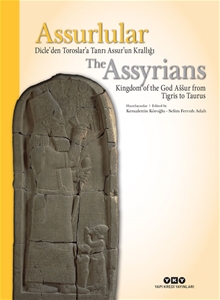
 Lost Treasures
Lost Treasures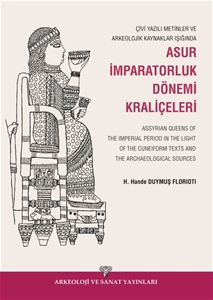 Çivi Yazılı Metinler ve Arkeolojik Kaynaklar Işığında Asur İmparatorluk Dönemi Kraliçeleri / Assyrian Queens of The Imperial Period in the Light of the Cuneiform Texts and the Archaeological Sources
Çivi Yazılı Metinler ve Arkeolojik Kaynaklar Işığında Asur İmparatorluk Dönemi Kraliçeleri / Assyrian Queens of The Imperial Period in the Light of the Cuneiform Texts and the Archaeological Sources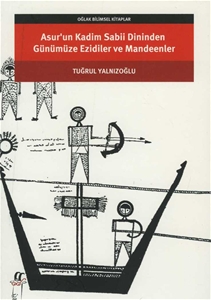 Asurun Kadim Sabii Dininden Günümüze Ezidiler ve Mandeenler
Asurun Kadim Sabii Dininden Günümüze Ezidiler ve Mandeenler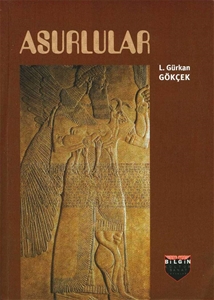 Asurlular
Asurlular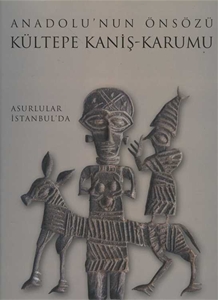 Anadolu'nun Önsözü Kültepe Kanis-Karumu / Asurlular İstanbul'da
Anadolu'nun Önsözü Kültepe Kanis-Karumu / Asurlular İstanbul'da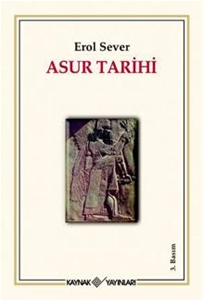 Asur Tarihi
Asur Tarihi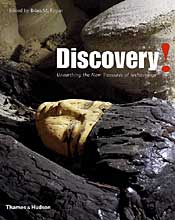 Discovery! Unearthing the New Treasures of Archaeology
Discovery! Unearthing the New Treasures of Archaeology